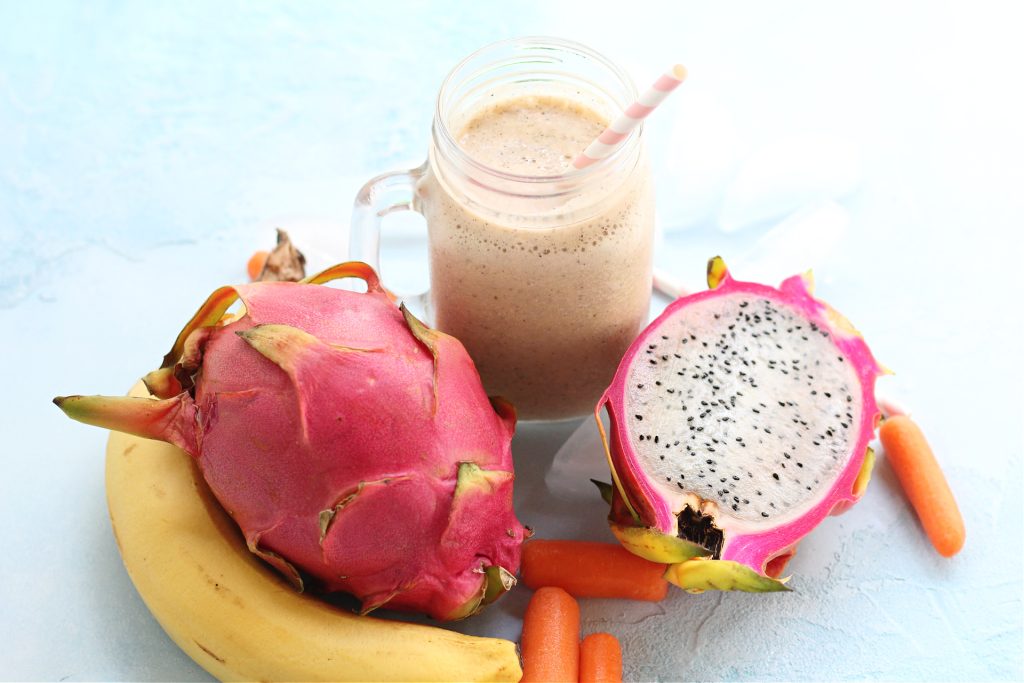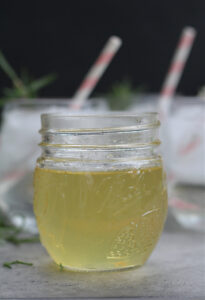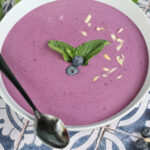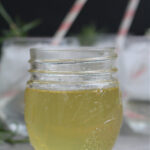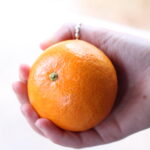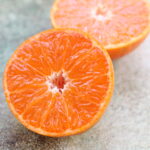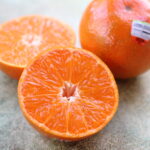Looking for a delicious and healthy way to start your day? I love making smoothies! Smoothies are so easy to make and you can add just about any ingredients you want to them. Personally, I am loving all the nutrients of dragon fruit, so I have been adding dragon fruit to my smoothies.
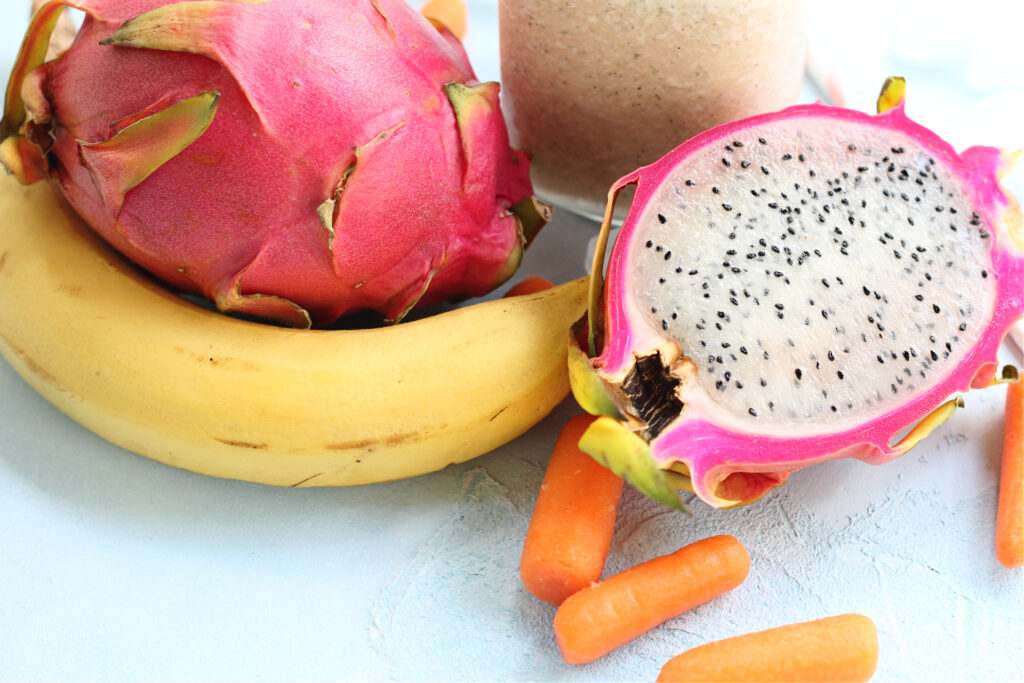
Did you know that dragon fruit contains various antioxidants like vitamin C, betalains, and carotenoids which help protect the body against free radicals and oxidative stress? Yep! Antioxidants can support the immune system and reduce inflammation. Even dragon fruit seeds are good for you!
- Dragon fruit seeds contain beneficial fats, including omega-3 and omega-6 fatty acids, are a source of plant-based protein, contain dietary fiber and they contain minerals such as magnesium, iron, and phosphorus.
Making dragon fruit an excellent addition to your day…and smoothie 

Ingredients:
- 1/2 Dragon Fruit
- 5 Baby Carrots
- 5 Cucumber Slices
- 5 Ice Cubes
- 1/2 Cup Milk
Instructions:
Place all ingredients into your favorite blending device and blend until smooth.
Enjoy!
